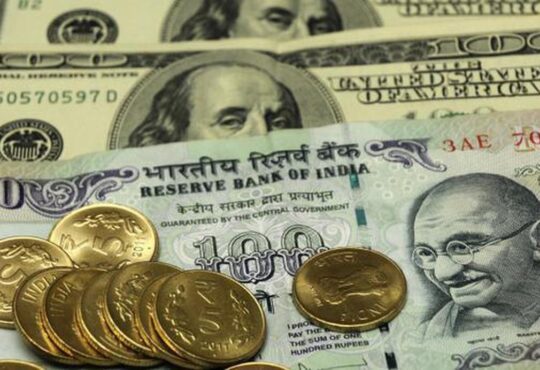Chinese yuan falls against dollar, raising questions about weaker currency to boost exports | Business

China’s yuan dipped briefly to a 16-year low against the dollar on Thursday, raising questions about whether Beijing might weaken its currency to help struggling exporters and reverse a deepening economic slump.
The Chinese currency slid to CN¥7.32 to the dollar before recovering to CN¥7.26, following what financial analysts said appeared to be buying by Chinese banks to support the currency. That made one yuan worth about 13.8 US cents.
A weaker yuan helps exporters by making their goods cheaper abroad, but Beijing has promised to avoid “competitive devaluation”. Complaints that China gets an unfair trade advantage by keeping its yuan weak is an irritant in relations with Washington and other governments.
“Will we just continue to see a sort of gradual weakening of the currency?” said Thomas Mathews of Capital Economics. “That might be one of the key channels through which they could actually support the economy.”
However, letting the yuan slide too far might cause companies and investors to question whether Beijing is changing its currency policy, Mathews said.
“They’ve had problems with this sort of thing in the past,” he said. “They’ll be pretty nervous about it.”
Economic growth declined to 0.8 per cent over the previous quarter in the three months ending in June, down from 2.2 per cent in January to March. That is the equivalent of 3.2 per cent annual growth, which would be among China’s weakest in decades.
The yuan is allowed to fluctuate up or down 2 per cent from its government-set starting price each day in tightly controlled trading. That prevents wide daily swings, but down days can add up to a big change over time.
The People’s Bank of China gave no indication whether it might try to stop the latest decline.
Last year, banks were ordered to “maintain the basic stability” of the currency after it slid to below CN¥7.2 to the dollar. The yuan fell to CN¥7.30 to the dollar last October. It last traded below CN¥7.32 in 2007.
The yuan sank in 2019 during trade tension with then President Donald Trump. That prompted suggestions that Beijing was trying to reduce the impact of US tariff hikes, but there was no official confirmation. The currency later strengthened.
The central bank cut its interest rate on Tuesday on a one-week loan to banks to 1.8 per cent from 1.9 per cent. The change was modest, but it added to moves by Chinese rates in the opposite direction from US rates, which are at a two-decade high.
The Federal Reserve, the central bank of the United States, made the dollar look even more attractive as an investment by suggesting this week it might be open to considering another rate hike to cool inflation.
Chinese consumer and business activity weakened further in July, official data showed this week.
Customs data earlier showed exports fell 14.5 per cent, compared with a year ago, after US and European rate hikes cooled consumer demand.
– AP





